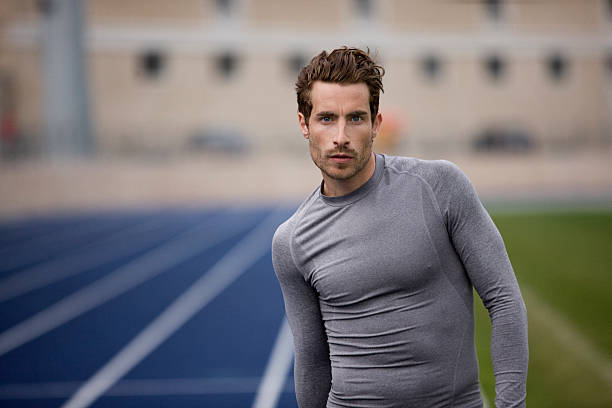 When you are training for a specific sport, it’s important to incorporate muscle recover exercises. This type of workout helps muscles recover after a hard workout. Most people do stretches after a hard workout, and they’re generally beneficial because they help muscles relax. However, they don’t address the issue of sore muscles. The Cochrane review found that stretching doesn’t help athletes recover as much as they might think.
When you are training for a specific sport, it’s important to incorporate muscle recover exercises. This type of workout helps muscles recover after a hard workout. Most people do stretches after a hard workout, and they’re generally beneficial because they help muscles relax. However, they don’t address the issue of sore muscles. The Cochrane review found that stretching doesn’t help athletes recover as much as they might think.
Wearable vibration therapy includes any kind of physical activity, including walking, cycling, and swimming. The goal is to increase blood flow and activate signaling proteins to help muscles recover faster. It’s important to avoid putting more stress on the body by staying at a moderate heart rate, and limiting weight loads to thirty to forty percent of maximum. When performing muscle recovery exercises, it’s important to keep your heart rate low, and weight loads at 30 to 40%. This will prevent more harm and help muscles recover more quickly.
During muscle recovery, it’s important to increase blood flow in the area to encourage faster removal of blood lactate and creatine kinase. These chemicals are released from the muscles after vigorous exercise, and these compounds cause muscle damage. By increasing blood flow, active recovery exercises will promote quicker recovery. If your body needs more time to recover after an intense workout, you should aim to start working on your recovery exercise plan as soon as possible.
A good shoulder vibration therapy will incorporate anaerobic and aerobic activity. You should focus on exercises that will increase blood flow and improve signaling proteins. You should aim to complete the exercise routine at 60 to 100 percent of your lactate threshold. The goal is to ensure faster homeostasis and faster athletic performance. If you have a regular workout program, you should include recovery exercises in your program. It’s essential to monitor your progress and adjust it accordingly to fit your needs.
If you’re in pain or experiencing general soreness, you should try active recovery. The active recovery workout helps your body to remove excess blood lactate that builds up during intense exercises. This buildup can cause the muscles to become fatigued, resulting in more soreness and fatigue. By performing active recovery exercises, you can increase your overall fitness level and improve your performance the next time you exercise. This is also important for those who are in pain and need time to recover from intense exercise.
If you are an athlete, it is crucial to rest properly after an intense workout. An excellent amount of sleep is necessary to speed up the recovery process and leave you feeling refreshed. Several hours of rest after an exercise session will help your muscles repair themselves. The American Council on Exercise recommends taking one day off every seven to 10 days for optimal recovery. This will ensure your body gets the rest it needs. A day of active recovery will be an essential part of your training.
